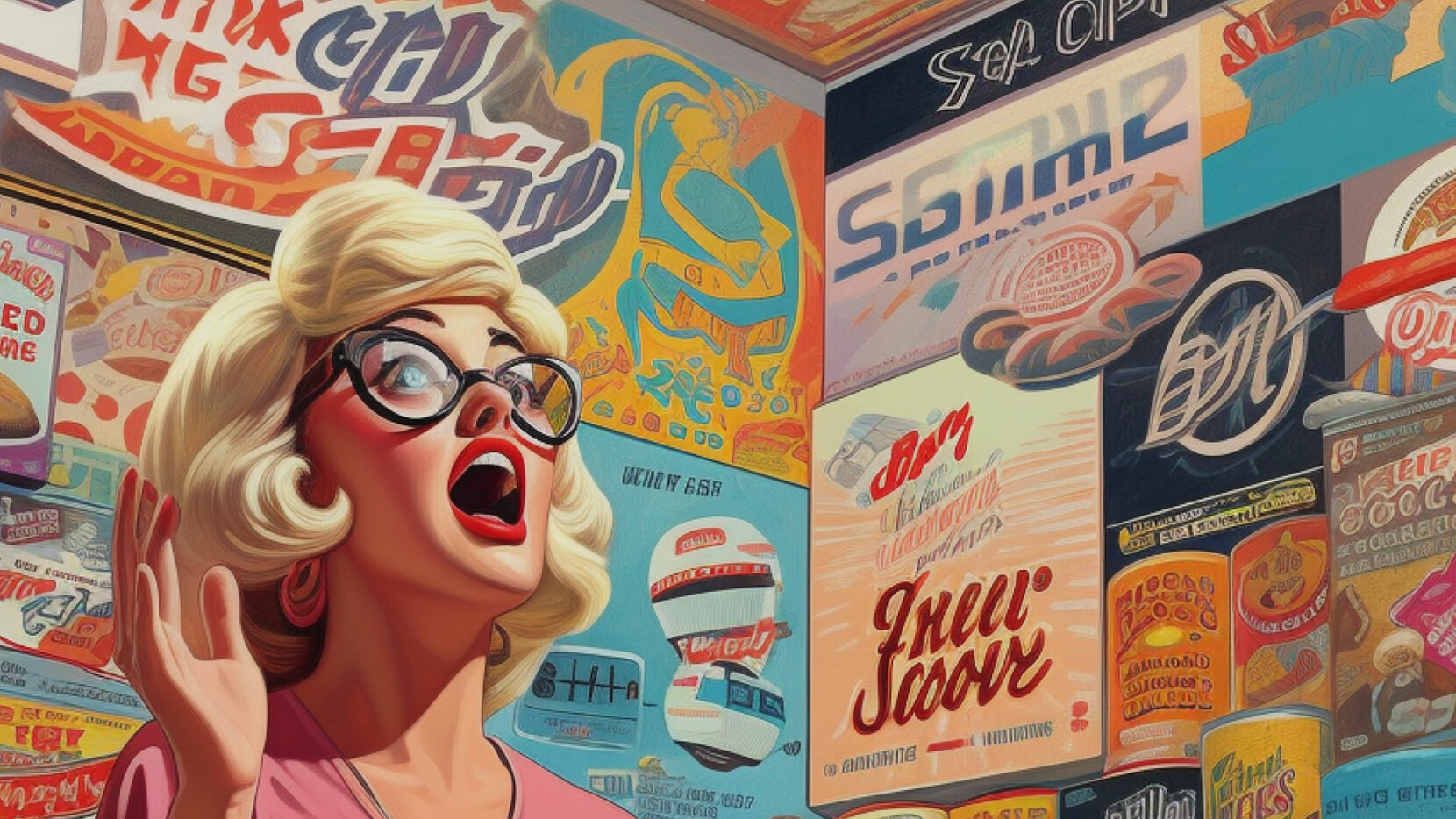For centuries, typography has been used to communicate messages and ideas.
Typography has evolved from handwritten manuscripts to digital fonts that serve as essential tools for designers, writers, and communicators.
In this video, we explore how the art and science of typography influence our thoughts, feelings, and overall perception of the world around us.
Fonts and their effect on emotions
Different fonts have the ability to evoke different emotions and responses in people.
In fact, different fonts can affect our reading speed, comprehension, and retention of information, as well as our overall perception of a message.
According to a study, reading the information in a difficult-to-read font could help it stick in the mind.
Another study on the impact of font style on reading comprehension and mood. After reading a passage of text in either Arial or Times New Roman font, study participants were asked to rate their mood and level of engagement.
They found that participants who read the text in Arial font reported higher engagement levels and a better mood than those who read the text in Times New Roman font. Further research suggests that Arial’s simple and clean design contributed to its positive effects on mood and engagement.
In another study, Sarah Hyndman explored the emotional associations associated with different typefaces. Using a 1-10 scale, participants were asked how they felt certain typefaces made them feel, from happiness to anger.
The results showed that certain emotions were consistently associated with particular typefaces. For example, Comic Sans was associated with playfulness and happiness, while Impact was associated with aggression and anger.
Associations with specific fonts
Serif fonts and Sans-Serif fonts are other great example of how the feelings of association we have for specific typography. Fonts with Serifs are usually seen as formal and traditional, while Sans-Serifs are viewed as casual and modern.
Serif fonts mimic handwriting. Often, they evoke feelings of nostalgia. On the other hand, a bold, heavy font like Sans-Serif conveys a sense of modernism.
A font’s color can also affect our emotional response, as countless studies have shown that color can influence the brain in many ways. Our feelings can also be affected by the brightness of a color. Muted colors can be soothing and relaxing, while bright colors can be energizing and exciting. This is described in detail further in the following video:
Typography and decision-making
Did you know that typography can even influence our decision-making process?
In a study conducted by researchers, people were more likely to agree with a message if it was written in an easy-to-read font. Even if a message contains the same content, the font used can impact its persuasiveness.
A study by University of Michigan looked into how certain fonts were better for people with disorders like dyslexia.
And font effects are not limited to print media or digital screens.
Physical environments are also affected by it.
Take the signage in a hospital as an example. The typography used on wayfinding signs can have a significant impact on an individual’s emotional state.
Signs that are poorly designed or with hard-to-read fonts can cause confusion and anxiety. Well-designed signs and clear typography that are clean and simple inspire a sense of professionalism and reliability.
Final thoughts
Typography is more than just a tool for conveying information.
It can affect our mood, emotions, and decisions.
The font effect demonstrates how simple aspects like typography in design can influence our thoughts, feelings, and behaviors. As such, whenever we design something, whether it’s a website, a sign, or a presentation, a simple decision of what font we use can influence the very decisions our audiences make.
By using the right font, we can communicate our message more effectively and create an emotional connection with our audience.



